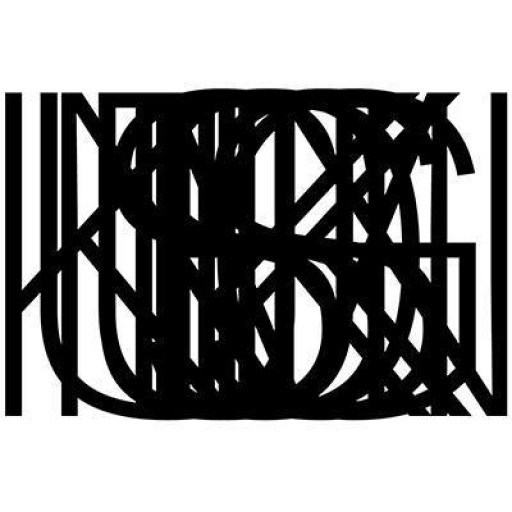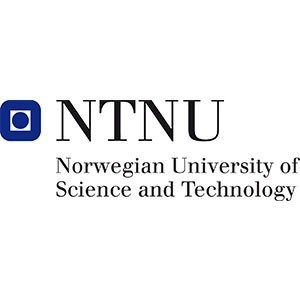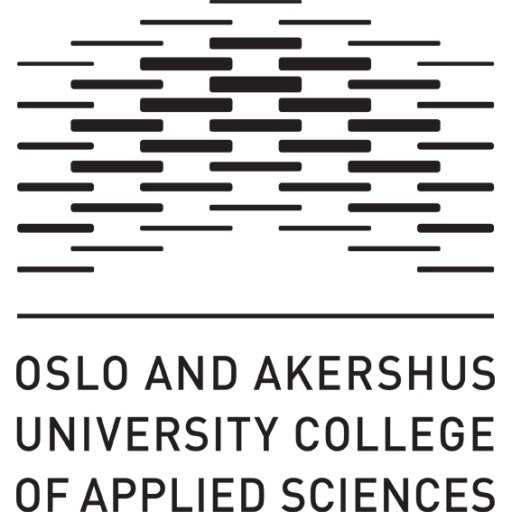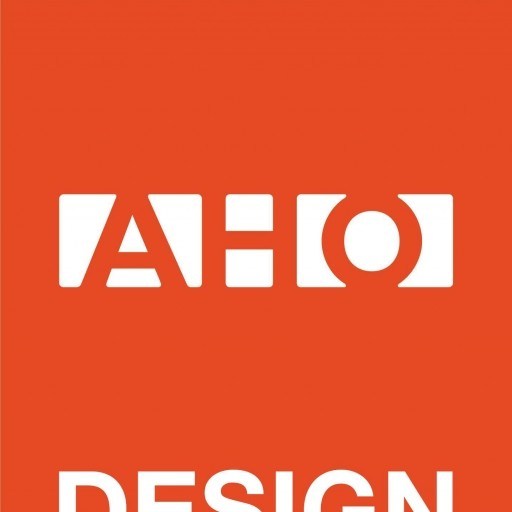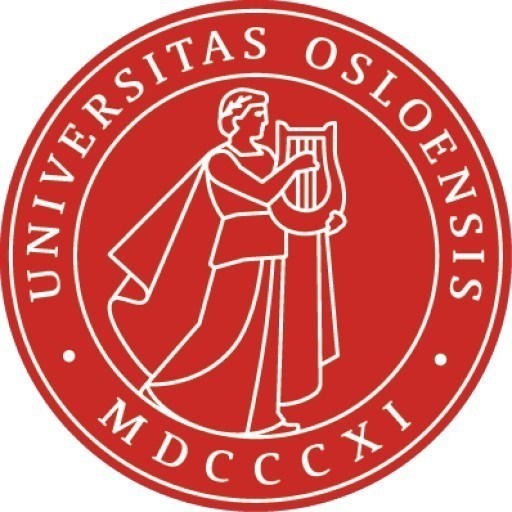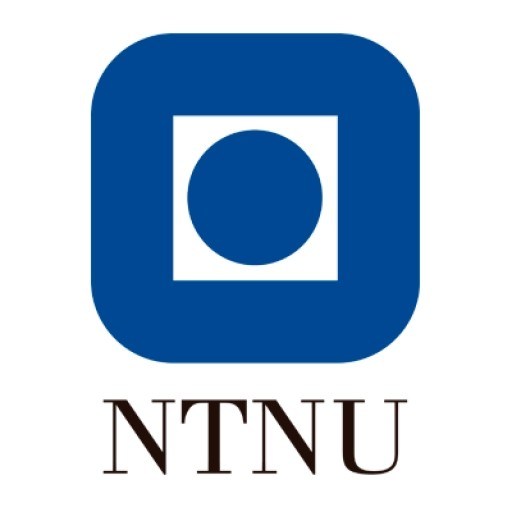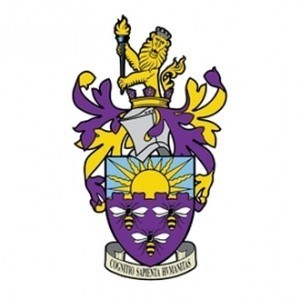Photos of university / #kmdbergen
Design at Bergen Academy of Art and Design offers a comprehensive and innovative education that prepares students to become creative and reflective designers equipped to meet the challenges of the modern world. The program emphasizes a multidisciplinary approach, integrating artistic exploration with practical problem-solving skills to foster original ideas and sustainable solutions. Students are encouraged to develop their individual artistic voice while gaining proficiency in various design disciplines, including graphic design, product design, and interactive media. The curriculum combines theoretical knowledge with hands-on projects, promoting critical thinking, conceptual development, and technical competence. Throughout their studies, students engage with contemporary design issues such as sustainability, user-centered design, and social impact, ensuring that their work remains relevant and responsible. The program also emphasizes collaboration, intercultural competence, and entrepreneurial skills to prepare graduates for diverse career paths in the dynamic design industry. With access to state-of-the-art facilities and close interactions with professional designers and industry partners, students gain valuable insights into the creative process and industry standards. The environment fosters experimentation and innovation, encouraging students to push boundaries and explore new technologies and materials. Upon graduation, students are equipped to contribute meaningfully to the fields of design, arts, and culture, whether as independent practitioners, entrepreneurs, or members of multidisciplinary teams. The Bergen Academy of Art and Design is committed to nurturing talented, socially conscious designers who can make a positive impact on society through their work.
The Bachelor’s degree program in Design at Bergen Academy of Art and Design offers students a comprehensive education in creative and practical aspects of contemporary design. The program is designed to foster innovation, critical thinking, and technical skills, preparing graduates for a wide range of careers in design industries. Throughout the course, students explore various design disciplines, including visual communication, product design, interior design, and sustainable design solutions. The curriculum emphasizes a hands-on approach, encouraging students to develop their own unique design language while engaging with real-world challenges and industry standards. Core courses cover design theory, history of design, digital tools, and material experimentation, providing a solid foundation for creative practice. In addition, students participate in collaborative projects, internships, and exhibitions that enhance their professional portfolios and networks. The program also focuses on the social and environmental responsibilities of designers, promoting sustainable and ethical design practices. Students are supported by experienced faculty members and industry professionals who guide them through conceptual development, prototyping, and presentation techniques. The final year typically culminates in a graduation project, where students demonstrate their ability to undertake independent research and produce innovative, well-crafted design solutions. The Bergen Academy of Art and Design’s Bachelor’s in Design aims to equip students with the skills and mindset necessary to thrive in the dynamic and evolving field of design, whether pursuing further studies or entering the workforce. The program’s interdisciplinary approach and emphasis on critical reflection prepare graduates to contribute meaningfully to society through thoughtful and impactful design work.
Program requirements for the Bachelor of Design at Bergen Academy of Art and Design include a combination of academic prerequisites, portfolio submission, motivation letter, and language proficiency. Applicants must have completed a secondary education comparable to the Norwegian upper secondary school diploma, with specific emphasis on subjects demonstrating creativity and visual skills. A well-prepared portfolio showcasing previous work in design, art, or related fields is essential; it should reflect the applicant's technical skills, creativity, and conceptual thinking. The portfolio is evaluated based on originality, presentation quality, and relevance to the design discipline. Additionally, applicants are required to submit a motivational letter explaining their interest in the programme, their educational background, and career ambitions in design. Proficiency in English must be demonstrated through approved tests such as TOEFL or IELTS, unless the applicant comes from an English-speaking country. Knowledge of Norwegian is not a mandatory requirement but may be considered an advantage during the admission process. The selection process also considers relevant work experience, competitions, and other illustrative achievements in design-related activities. Successful applicants typically demonstrate strong visual communication skills, an innovative approach to design challenges, and a clear understanding of contemporary design issues. The program aims to develop students' conceptual and technical skills in design, encouraging experimentation and critical thinking. Throughout the course, students are expected to participate actively in project work, presentations, and critiques, fostering a collaborative learning environment. The institution values diversity and encourages applicants from various backgrounds to apply, recognizing the broad scope and interdisciplinary nature of modern design. Ultimately, the program seeks applicants who show potential for creative development and professional growth within the dynamic field of design.
The financing of the Design program at Bergen Academy of Art and Design is structured to support students throughout their studies, ensuring access to high-quality education without excessive financial burden. The program primarily offers funding options through national and regional grants, loans, and scholarship opportunities available to Norwegian students, as well as possibilities for international students. Norwegian students typically benefit from the Norwegian State Educational Loan Fund (Lånekassen), which provides financial support for tuition fees and living expenses. The loans are administered with favorable repayment terms and interest rates, making higher education accessible and affordable. Additionally, Bergen Academy of Art and Design may offer scholarships based on academic merit, artistic promise, or financial need, aimed at supporting talented students and fostering diversity within the student body. International students are advised to explore specific scholarship options and funding opportunities through external sources, including governmental and private foundations, as the university may provide some assistance or guidance in this regard. Furthermore, students may consider part-time work opportunities during their studies to supplement their income, subject to visa and work regulations applicable to international students in Norway. The university also emphasizes the importance of financial planning and encourages prospective students to carefully evaluate their financial situation and explore all available funding options prior to enrollment. Overall, the financing structure of the Design program is designed to promote inclusivity and access, ensuring that talented individuals from diverse backgrounds can pursue their artistic and design ambitions at Bergen Academy of Art and Design.
The Design program at Bergen Academy of Art and Design offers students a comprehensive education grounded in contemporary design practices and theoretical understanding. This program focuses on developing students' creative skills, critical thinking, and practical abilities to address current and future challenges within the design field. Emphasizing a multidisciplinary approach, the curriculum integrates elements from art, technology, and innovation to prepare students for diverse careers in design industries such as graphic design, product design, interface design, and sustainable design solutions.
Throughout the program, students engage in project-based learning, which encourages experimentation, creative problem-solving, and collaboration. The academic environment fosters an understanding of design's societal impact, emphasizing ethical considerations, user-centered design, and environmental sustainability. The faculty comprises experienced professionals and scholars committed to mentoring students through individual and group projects, workshops, and internships that enhance real-world competencies.
The program also emphasizes the use of modern tools and digital technologies, preparing students for the evolving demands of the design profession. Students are encouraged to develop their unique visual language and conceptual frameworks, enabling them to produce innovative and meaningful design work. Additionally, the curriculum supports research and reflection, urging students to critically analyze design trends and historical contexts.
Graduates of the Design program are well-equipped to embark on careers in various sectors, including advertising, branding, digital media, packaging, and environmental design. They also have the opportunity to pursue postgraduate studies or establish themselves as independent designers or entrepreneurs. The program’s strong connections with industry partners and local art and design communities facilitate internships and collaborative projects, providing valuable networking and employment opportunities.
The Bergen Academy of Art and Design is renowned for fostering an inspiring creative atmosphere that encourages experimentation and personal artistic development. The Design program’s location in Bergen offers a vibrant cultural scene, access to museums, galleries, and design events, enriching students' educational experience. Overall, the program aims to produce reflective, innovative, and socially responsible designers capable of contributing creatively and critically to society through their professional practice.
